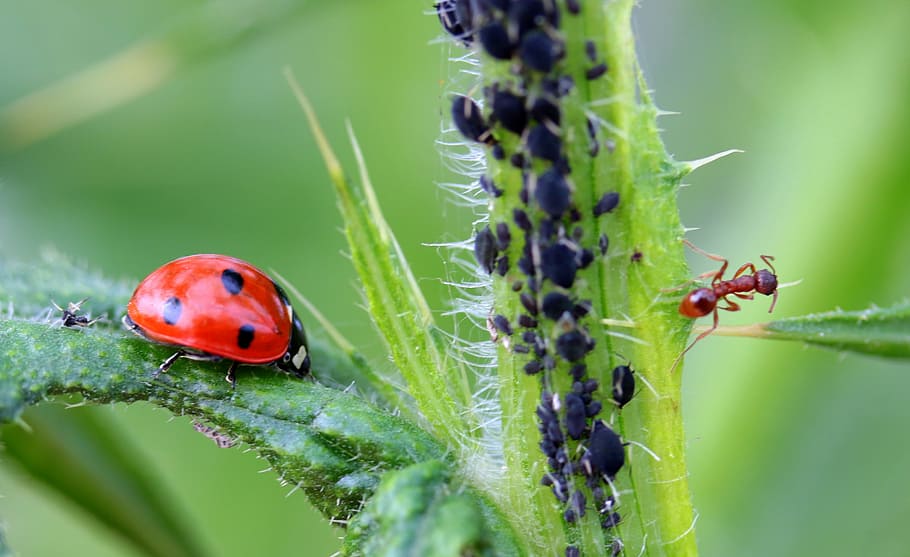
Beyond the mere annoyance of unwelcome visitors, pest infestations in homes can induce significant repercussions: these intruders pose threats to household health and safety. Homeowners must grasp the potential consequences; only then will they recognize how crucial it is that proactive measures be taken against such invasions.
The Health Risks of Pest Infestations
Various pests, including rodents, cockroaches and insects; carry diseases–some potentially lethal–that pose significant health risks to humans. For instance: it is a well-established fact that cockroaches harbor bacteria capable of triggering allergies and respiratory problems. Similarly troubling are the implications associated with rodents; they can transmit diseases such as Hantavirus and Salmonella. Infiltrating living spaces, these pests contaminate surfaces and the air with their droppings, urine, and saliva. Such contaminants can induce an array of health problems upon exposure; this risk escalates for individuals possessing compromised immune systems or respiratory conditions.
Asthma and Allergies Aggravation
Pest infestations can exacerbate the conditions of individuals prone to asthma and allergies. The allergens present in cockroach droppings and shed skin, for instance, may trigger symptoms of asthma. Similarly, dust mites – commonly associated with pest infestations – are notorious allergens. In the home, their presence may induce sneezing, itchiness and respiratory distress – especially among sensitive individuals; this underscores the necessity for effective pest control Markham measures. Such actions are critical not just in eliminating pests but also in reducing allergens they deposit.
Contamination of Food and Water Sources
Rodents, notorious for their capacity to contaminate food and water sources by infiltrating kitchen and pantry areas, often leave behind droppings in stored food after gnawing through packaging. The resultant contamination poses potential health risks: it may necessitate discarding contaminated food – a measure that not only ensures consumer safety but also mitigates against financial losses. To safeguard the household’s food safety and integrity, it is imperative to maintain a kitchen free of pests.
Structural Damage and Safety Hazards
Termites, for instance, pose a significant threat to homes by inflicting severe structural damage. Feeding on wood compromises not only the integrity of a building’s foundation but also its support structures. This compromise over time can culminate in structural instability and consequently presents safety hazards for residents. Pests such as rodents, in addition, can chew through electrical wiring; this action escalates the fire risk. To prevent potential safety hazards and structural damage—regular pest inspections and proactive pest control measures are imperative.
Mental and Emotional Impact
Homeowners may experience a diminished mental and emotional well-being when they live with a pest infestation. The presence of pests, consistently provoking stress and anxiety, can significantly influence sleep patterns, concentration levels – even the overall quality of life. Furthermore; an ever-present fear to encounter these intruders in daily activities often engenders pervasive discomfort: it’s an unsettling situation indeed! Promptly addressing pest infestations not only safeguards physical health, but it also fosters a healthier–even more positive–living environment: an essential pursuit.
Environmental Impact of Pest Control Methods
Necessary as pest control measures may be, we must emphatically consider their potential environmental impact: some traditional methods—using harsh chemicals in particular—can prove detrimental to our ecosystem and wildlife. Opting for eco-friendly, sustainable solutions not only aids in the eradication of pests but also preserves our environment; it’s a delicate balance that we must strive to maintain. Integrated Pest Management (IPM) techniques: these prioritize environmentally-friendly approaches–they aim to minimize the collateral damage typically associated with pest control.
Conclusively, the multi-faceted impact of pest infestations on home health and safety cannot be understated: disease-carrying pests directly pose health risks; potential structural damage is a lurking threat–not to mention the emotional toll it extracts from residents. Thus, addressing these issues becomes vital for maintaining an environment that is both safe and comfortable to live in. By implementing preventive measures diligently–and seeking professional pest control services when necessary–one can effectively safeguard not just their physical dwelling but also ensure optimal well-being for all its occupants.


